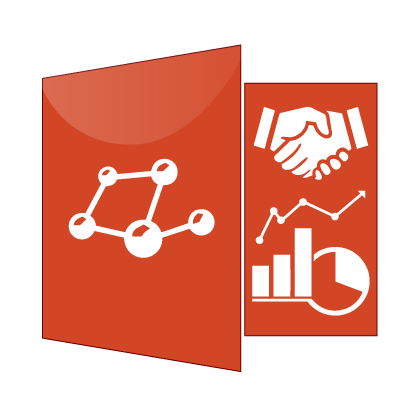Planning for sustainable use of land resources (PLASUL)

This FAO publication explains concepts relevant to integrated planning, important elements to consider in such approach, issues to be resolved, objectives and implementation, and institutional aspects .Key concepts for Integrated planning are defined: land, land resources and other environmental resources to be considered in land use planning, zoning and links between rural, peri-urban and urban land use planning. The key principles are dialogue between stakeholders and an enabling environment in the legislative and administrative spheres. The important elements to be considered in an integrated approach are: (1) land tenure, land rights and land markets; (2) the land users ( governance entities at different levels, NGOs, concession holders, rural communities, landless people, urban communities and others); (3) qualities and limitations of land for different uses; and (4) sustainability indicators. An integrated approach may be confronted with and needs to resolve issues in the rural sphere, in the peri-urban and coastal sphere, and in the international sphere. Common issues in the rural sphere include deciding between recuperation of degraded marginal lands or conserving and improving prime agricultural land, between protection of ecological values versus the need for food and other produce, between smallholder settlement or large-scale mechanized farming. Issues in the peri-urban and coastal sphere include deciding between protecting prime agricultural land or expanding urban areas, irrigation development or apportioning water resources for urban and industrial uses, disposal of urban waste into the environment or its recycling and reuse in per-urban and rural areas, and the need for careful coastal zone planning. Typical issues in the international sphere include deciding whether to invest in infrastructure or in land quality improvement, whether to keep agricultural production and product processing in different countries, or shorten the marketing chain by keeping them in one country, whether to allow production of medicinal or addicting drugs or to eradicate it, necessitating the provision of sustainable alternatives. The execution of an integrated approach requires: (1) the existence of a framework for decision making; (2) statistical and geo-referenced databases on all land resources, on actual land use, functions of land and socio-economic conditions ; (3) tools (e.g. GIS) to integrate the databases in a unified system that is able to incorporate temporal and spatial changes; (4) multiple-goal analysis and optimization techniques of the harnessed data; (5) social, economic and political tools for decision-making on land use; and (6) the actual implementation of the agreed land resources development plan. Experiences from FAO projects and programs identified the institutional aspects and structures at national, regional/district level and village/community level that are necessary for the successful implementation of an integrated approach.
